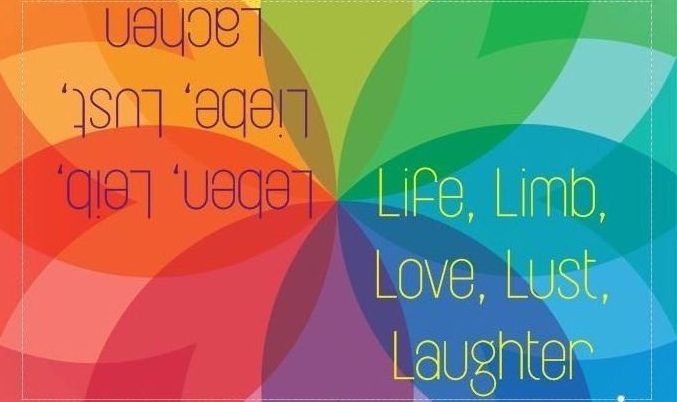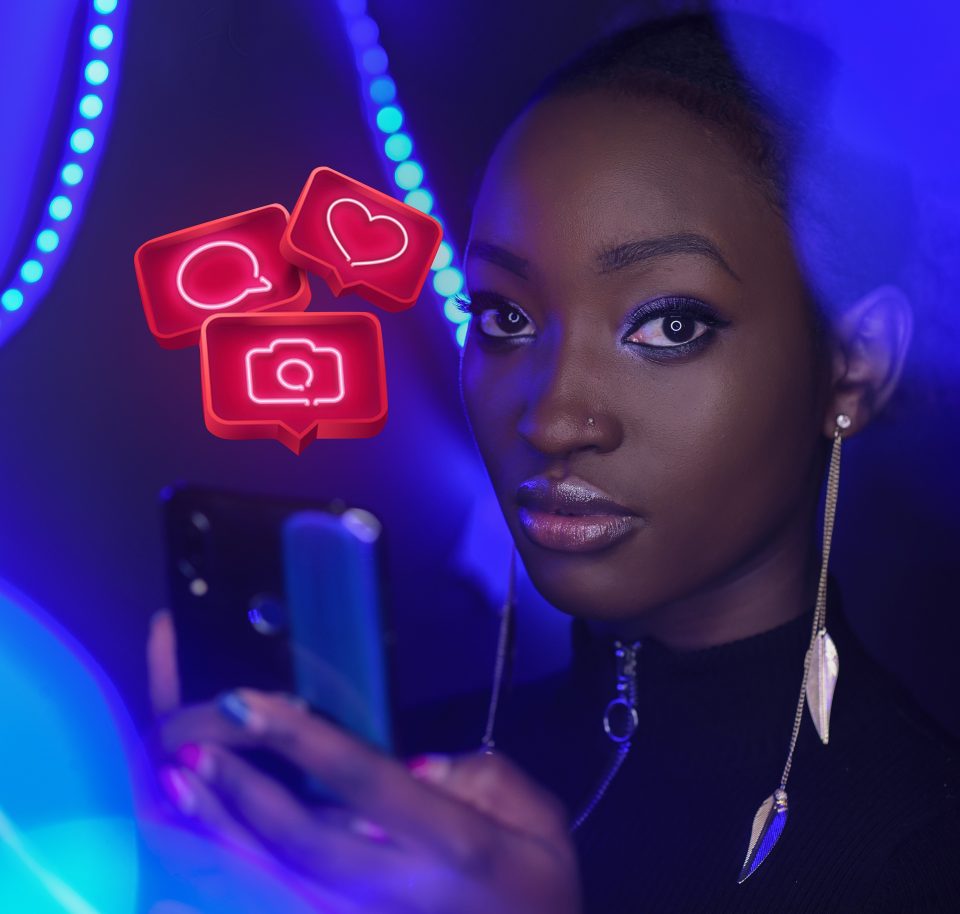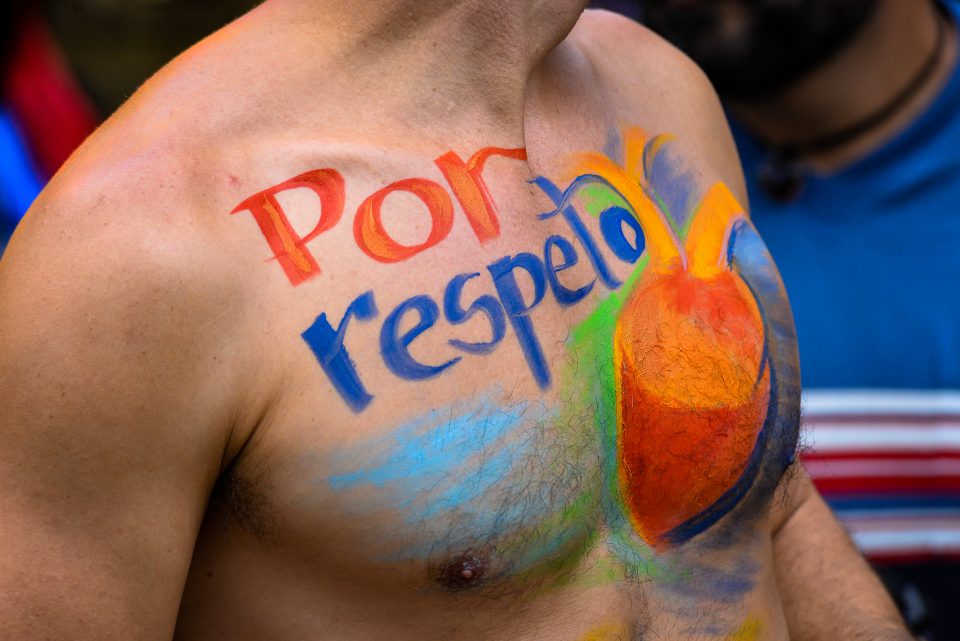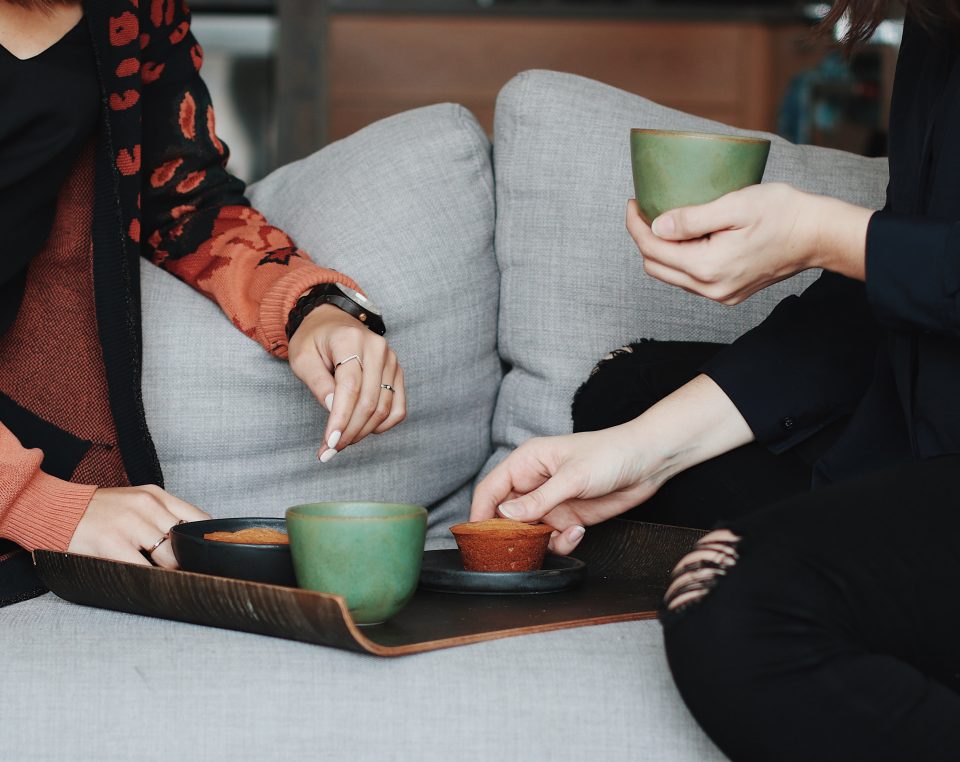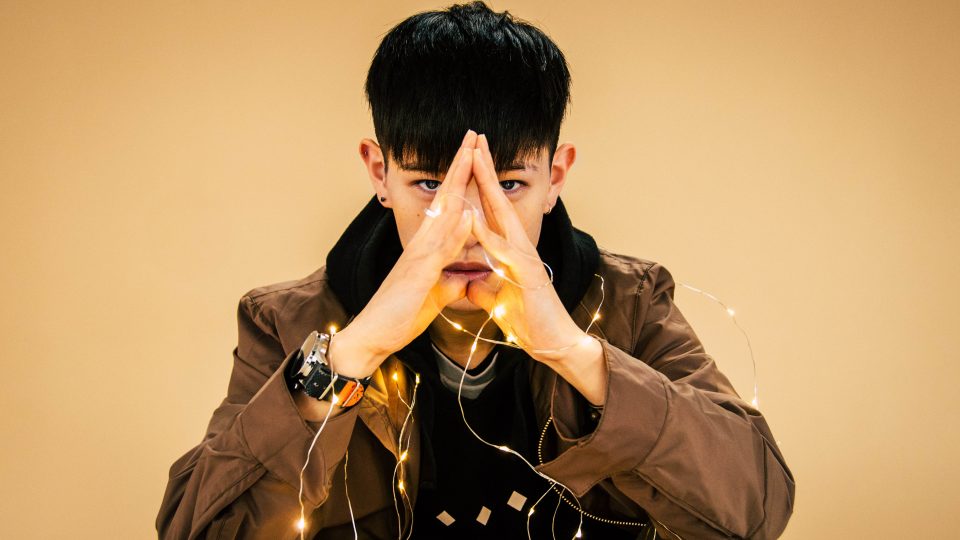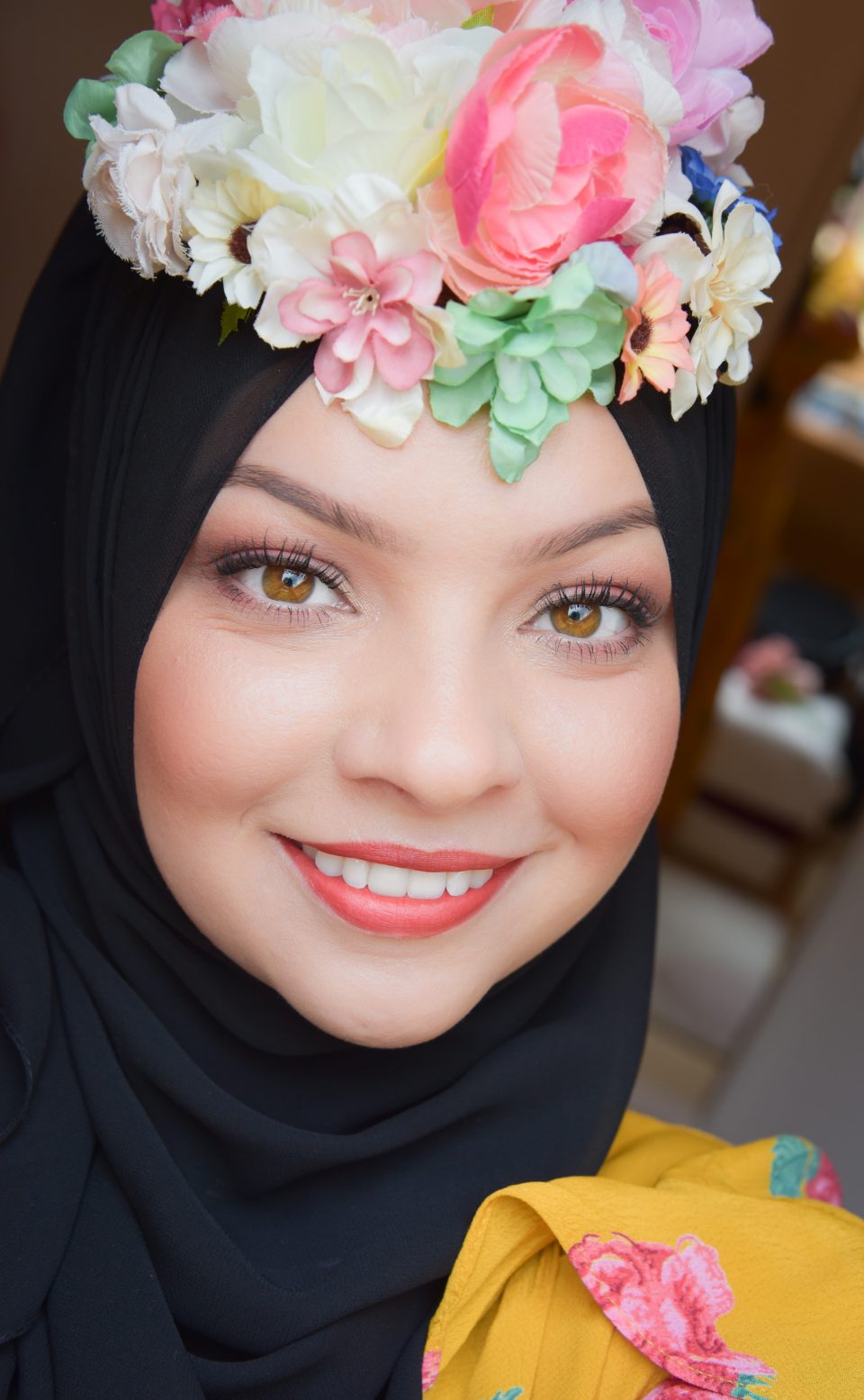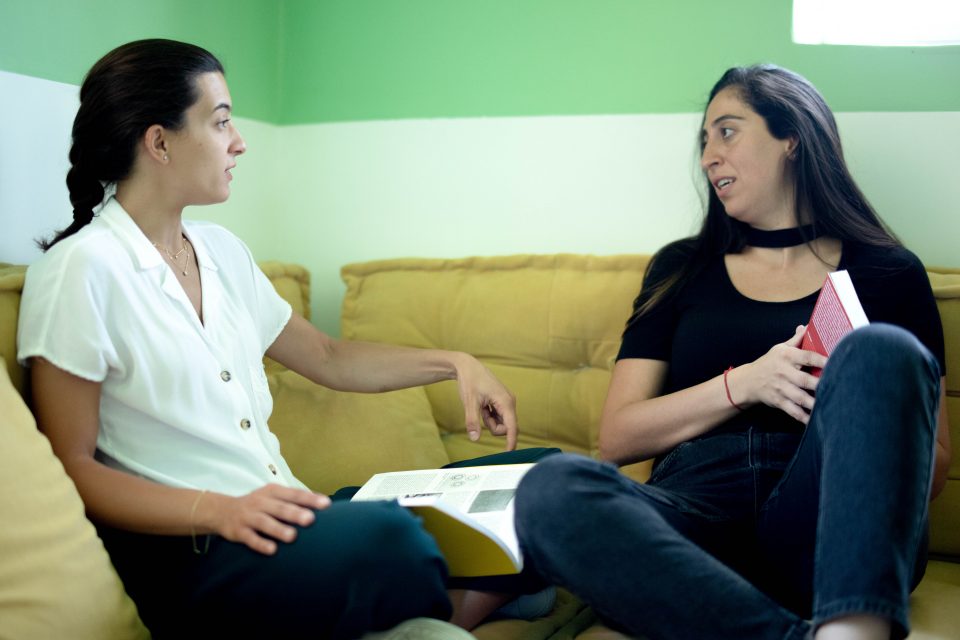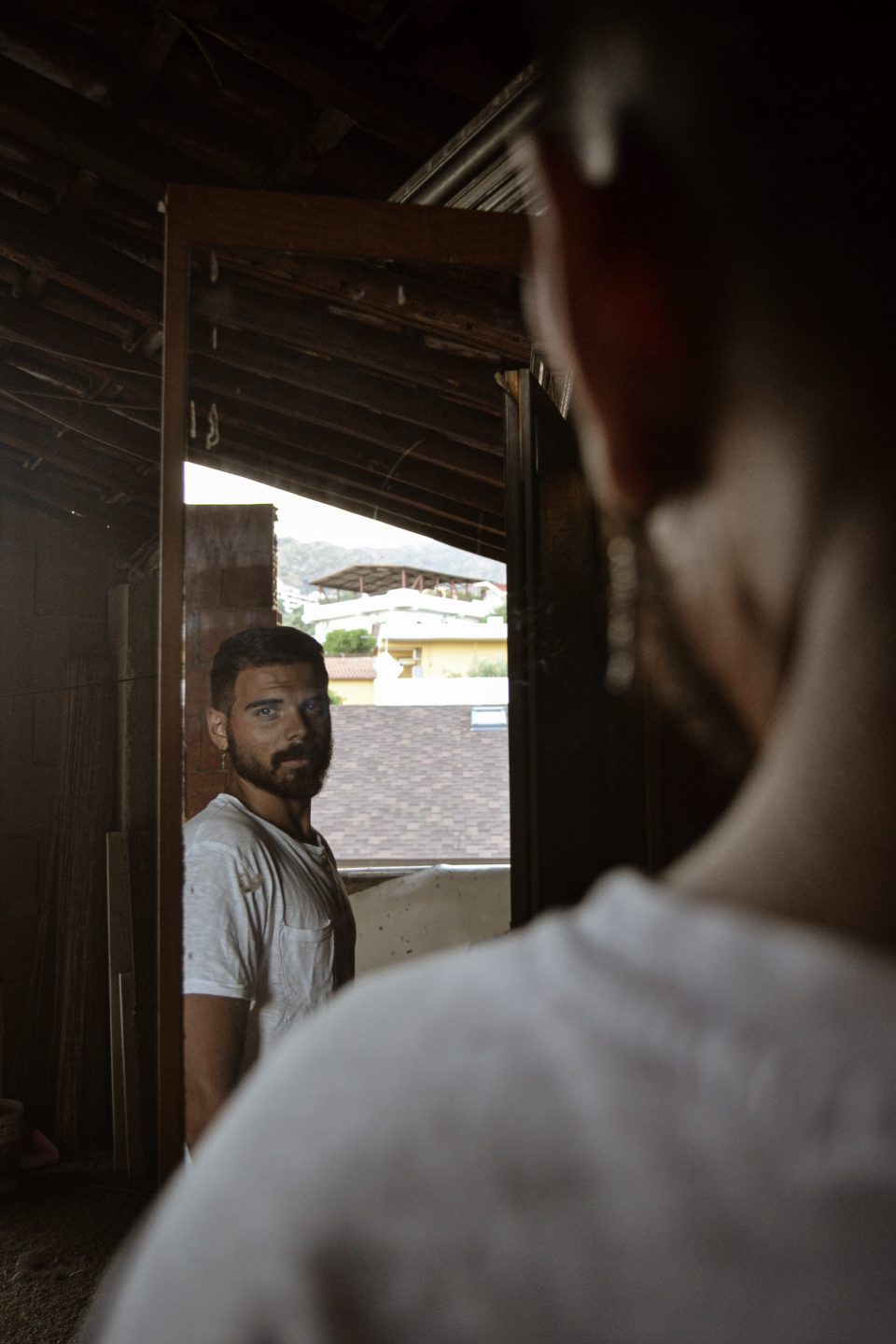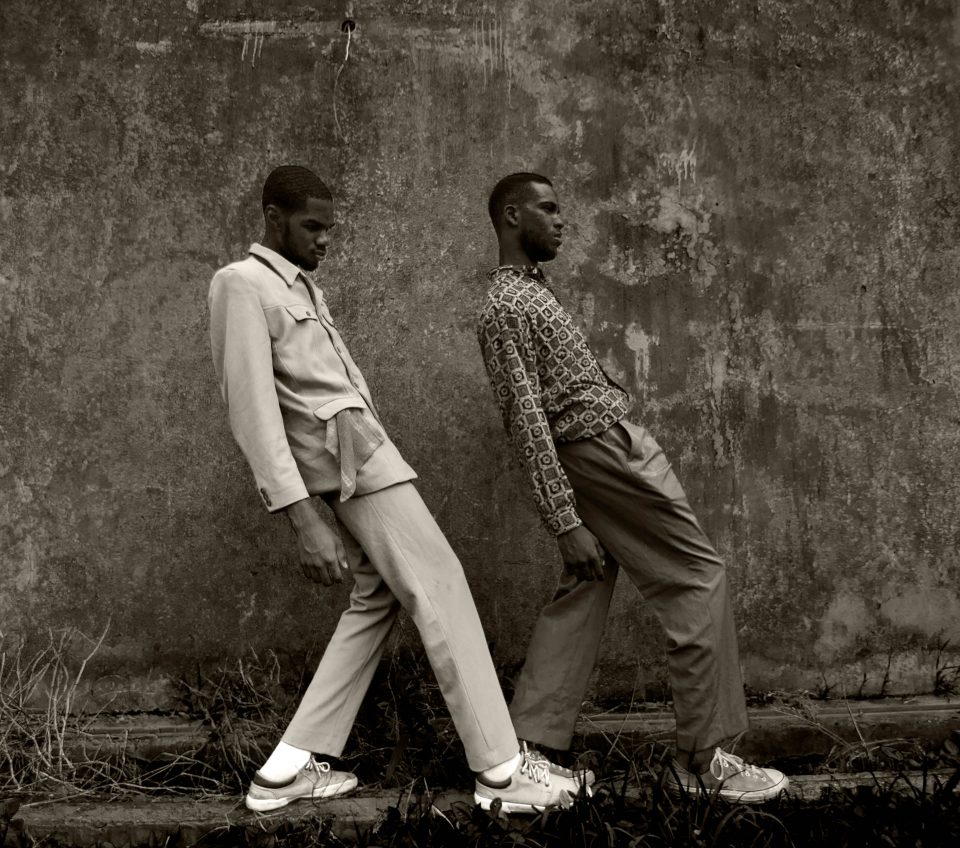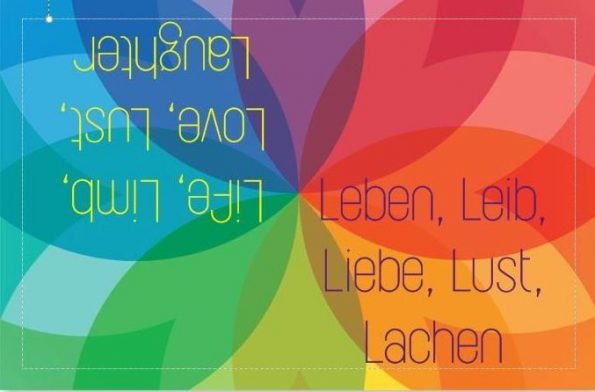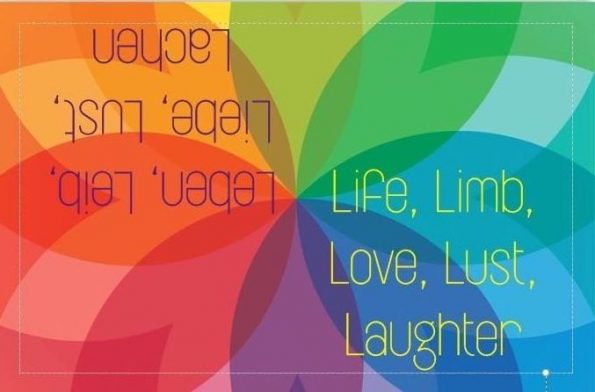When, Where, How…

Back to the in Between (2)
…and we are back. Sean here with you reviewing our options and strategies for creating, maintaining and/or supporting (repairing) our HHIA Relationships.
Our current relationship status is irrelevant. It is important that we want to make our relationships a priority.
In Time
If we are not in a relationship, then we need to consider who we would like give our time and attention to explore the possibilities.
If we are in a relationship then we want to think about the focus of our time together and apart from our boyfriends, girlfriends, spouses, and/or partners.

On Time…
Time is as much a part of our relationships as love, affection and communication.
On the one hand the time we spend together allows us to share love and affection, as well as, to communicate and share ourselves on the other hand the time we spend together has both limits and boundaries and the quality of our time is affected by the choices we make.
For example, if we only have an hour together, do we:
- Cook and eat
- order in or grab a bite
- watch TV
- read silently together
- read to each other
- play a game
- play music
- drink a glass of ….
- talk
- have a laugh
- make love

No right or wrong
There is no right/wrong answer. The right answer is what makes you feel closer to your partner: Do you like to play games? Are you foodies? Do you enjoy a good book or poetry? Is music your creative outlet? Are you both cineasts? Can you go on and on about… Are you always in the mood.
Time is the most valuable thing a man can spend.
Theophrastus
As long as you are both “on the same page”. It brings you together. It is important to incorporate a bit of confirmation and communication to ensure that “our time” remains fresh and inspiring to both ourselves and our partners.
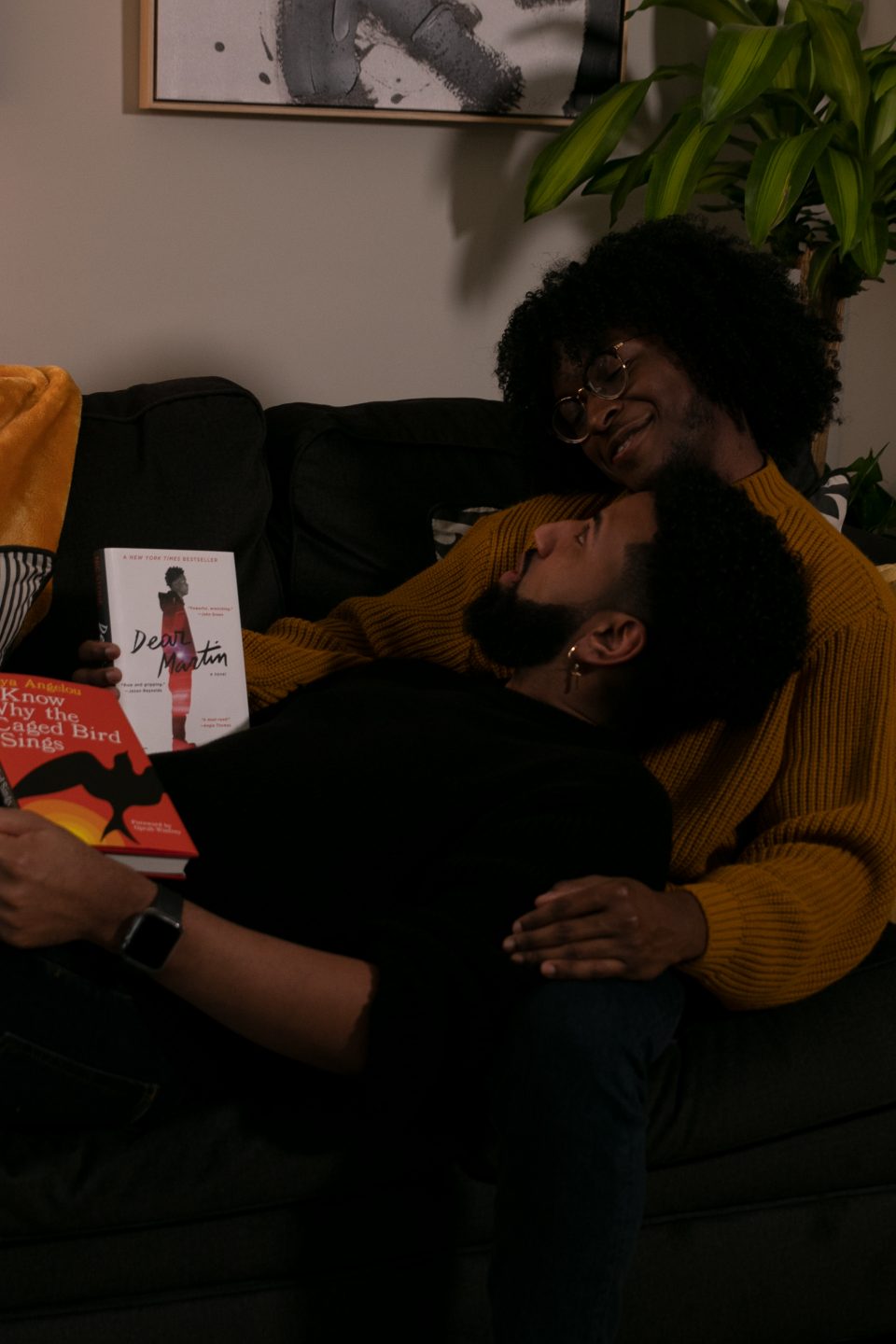
Quick Question
Sometimes just a quick:
- Is this good for you?
- Are you having fun?
- Are you feeling this?
- Would you like to do something else?
can be enough! These can go along way to ensure that our time is encouraging intimacy and togetherness rather than filling the void or space between us.
We can also talk about what we do and what we like and what is on our minds. This is especially true if we begin to feel like we are not enjoying our time an our togetherness as much as we used to. This is also true if we begin to wonder “why?”.
In other words, if we begin to get/be used to each other or our activities begin to be more habit than inspiration, we might want to change things up or at least discuss our feelings.

Attention
When we give out time the attention it deserves we can help to ensure that the time we are able and choose to spend with others encourages and supports the relationships and feelings we have about those with whom we spend our time.
Thus, time is as much an aspect of relationship building and intimacy as much as we allow time for our relationships and intimate experiences.
Using our time is one thing.
Making time is another.
We will tackle this next time.
This is Sean. Try just enjoying your time alone (and with those around you) for a minute, an hour, a day, a week, and see what happens.
Love to hear your thoughts. Till next time! Our earlier Blog-Lessons:
1–2–3–4–5–6–7–8–9–10–11–12–13–14–15–16–17–18–19 –20 –21–22–23–24–25–26–27–28–29–30–31–32–33
